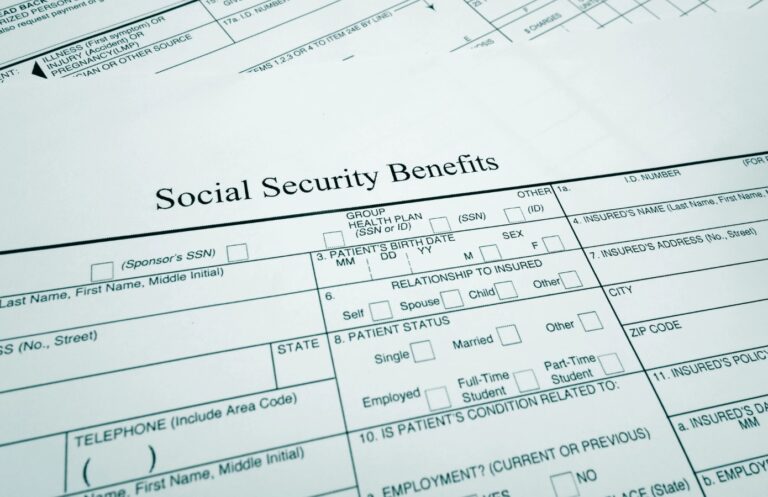Unrealized Losses Skyrocket to $517 Billion, Raising Alarms as Risks Mount, FDIC Warns in Q1 2024 Report
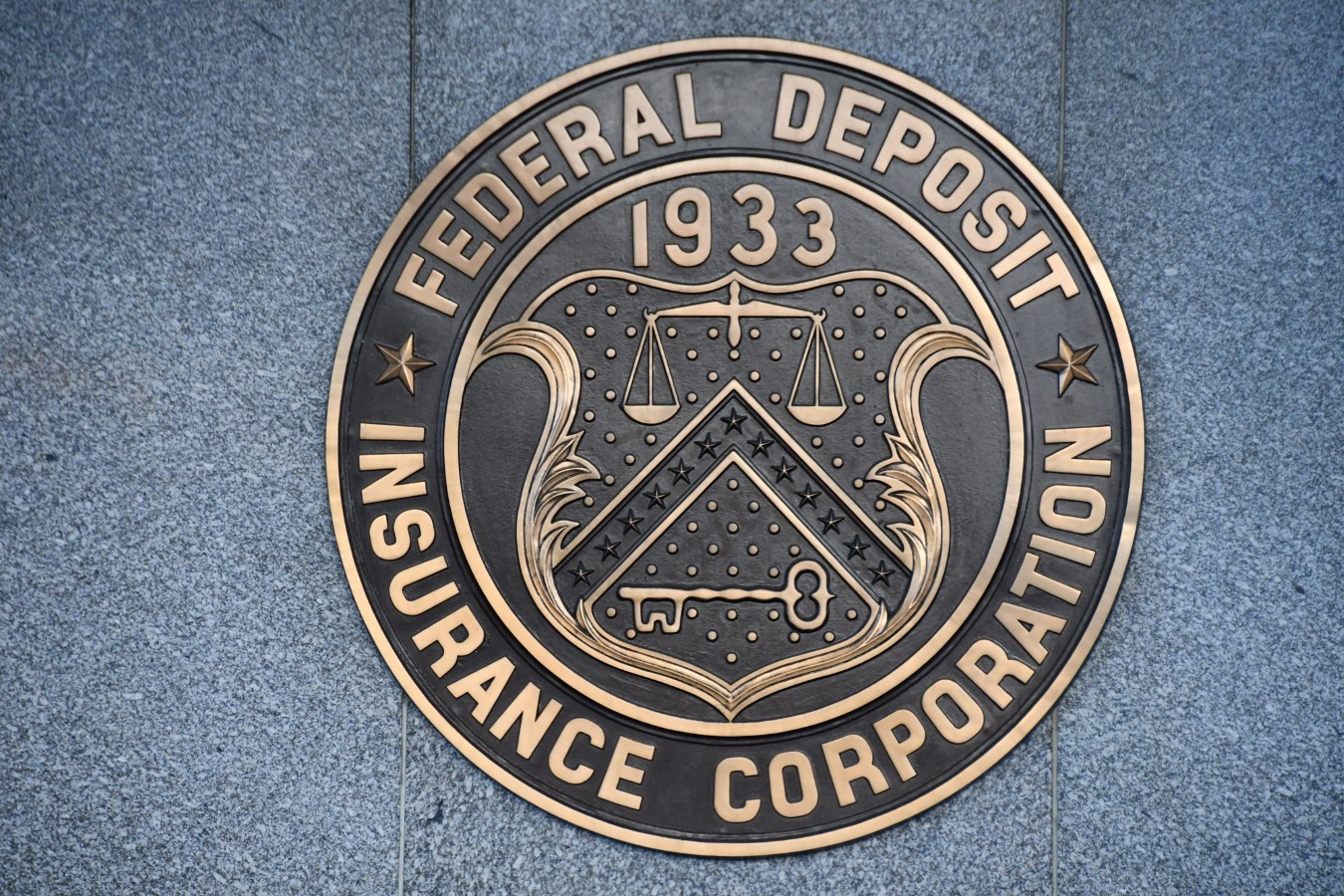
Unrealized losses on U.S. banking assets have soared to a staggering $517 billion, raising alarm bells for the financial sector. According to the FDIC’s Quarterly Banking Profile for the first quarter of 2024, this marks the ninth consecutive quarter of unusually high losses, fueled largely by rising interest rates and declining asset values. With the pressure mounting, the stability of the banking industry is being questioned as it grapples with increasing risks tied to inflation, credit quality, and deteriorating loan portfolios.
Net Income Rebounds but Faces Pressure

Despite the surge in unrealized losses, the banking industry’s net income showed resilience, rebounding to $64.2 billion in the first quarter—a 79.5% increase from the previous quarter. This rebound was largely driven by lower expenses related to the FDIC special assessment and reduced goodwill writedowns.
Net Interest Margins Decline Amid Deposit Competition

The banking industry’s net interest margin dropped by 10 basis points in the last quarter, reaching 3.17 percent—below the pre-pandemic average of 3.25 percent. This decline was driven by rising funding costs and a decrease in earning asset yields, largely due to seasonal drops in credit card lending. All asset-size categories saw a quarter-over-quarter decrease in their net interest margins.
Unrealized Losses Skyrocket on Mortgage-Backed Securities

Unrealized losses on available-for-sale and held-to-maturity securities grew by $39 billion in the first quarter, reaching a total of $517 billion.
The rise was primarily driven by higher unrealized losses on residential mortgage-backed securities, spurred by an increase in mortgage rates during the quarter. This marks the ninth consecutive quarter of unusually elevated unrealized losses since the Federal Reserve began raising interest rates in early 2022.
Loan Growth Slows to Multi-Year Low

The banking sector also saw its slowest annual loan growth rate since the third quarter of 2021, with total loans declining by $35 billion, or 0.3%, in the first quarter. The largest banks were hit hardest, driven by seasonal declines in credit card loans and shrinking auto loan balances. While community banks fared slightly better with a 0.9% quarterly loan growth, the overall sector is clearly struggling to maintain momentum.
CRE Show Signs of Stress

Noncurrent loan balances for non-owner occupied commercial real estate (CRE) loans continued to rise, largely driven by office loans at the largest banks, those holding assets over $250 billion. Banks in the next tier, with assets between $10 billion and $250 billion, are also experiencing stress in non-owner occupied CRE loans. Weak office space demand is lowering property values, while rising interest rates are impacting the credit quality and refinancing prospects of office and other CRE loans. Consequently, the noncurrent rate for these loans has reached its highest level since Q4 2013.
Credit Card Portfolios Are Concerning

Fueled by write-downs on credit cards, the industry’s net charge-off rate held steady at 0.65 percent for the second consecutive quarter, marking a 24 basis point increase from the previous year. This rate is also 17 basis points above the pre-pandemic average, with the credit card net charge-off rate reaching its highest level since Q3 2011.
Deposit Shifts Continue as Uninsured Deposits Rise

Domestic deposits saw a modest increase of $191 billion in the first quarter, driven by growth in transaction accounts. However, a shift from noninterest-bearing deposits to interest-bearing accounts continued for the eighth consecutive quarter.
Uninsured deposits rose by $63 billion.
Problem Banks on the Rise
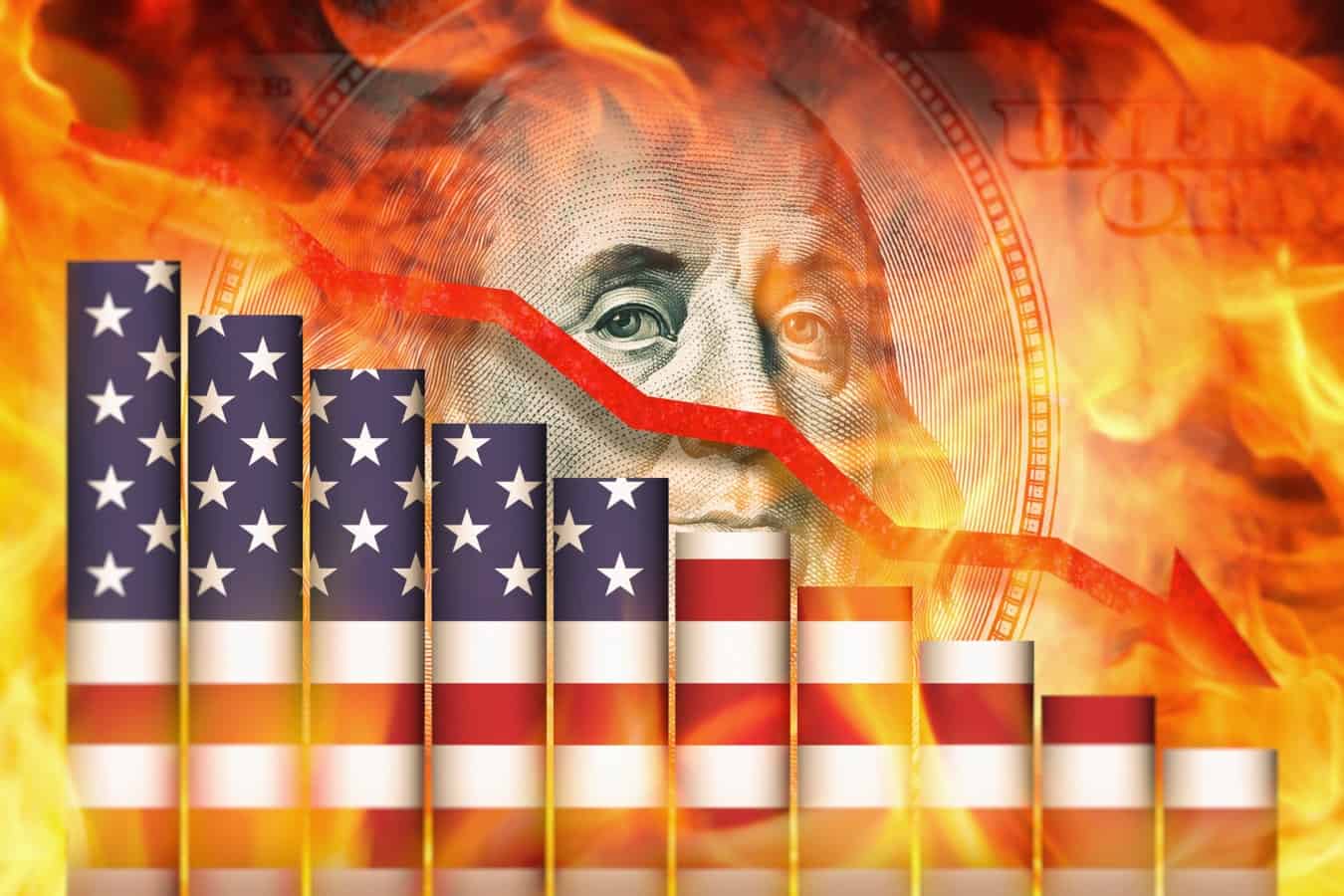
The FDIC’s Problem Bank List swelled to 63 institutions in the first quarter, up from 52 in the prior quarter.
These banks, which represent 1.4% of the total in the U.S., hold $82.1 billion in assets, a $15.8 billion increase from the previous quarter. This uptick signals growing risks within the sector as the financial environment becomes increasingly volatile.
Deposit Insurance Fund Holds Steady

Despite the headwinds, the Deposit Insurance Fund (DIF) saw an increase in its balance, rising by $3.5 billion to $125.3 billion by the end of March. The reserve ratio climbed by two basis points to 1.17%, keeping the fund on track to meet its statutory deadline of reaching the 1.35% minimum reserve ratio by 2028.
However, the FDIC noted that insured deposit growth of 1.1% in the first quarter was significantly below typical levels.
Growing Risks Require Vigilance

While the banking industry demonstrated resilience in the face of challenges in the first quarter, the growing risks cannot be ignored. With unrealized losses reaching concerning levels, ongoing pressures from inflation, rising interest rates, and deteriorating loan portfolios—particularly in CRE and credit cards—the financial sector is far from out of the woods. The FDIC’s Quarterly Banking Profile paints a picture of an industry facing significant headwinds, with mounting concerns about its ability to navigate the road ahead.
As risks continue to evolve, regulatory bodies and financial institutions must remain vigilant to avoid deeper financial instability that could threaten the broader economy.
Like Financial Freedom Countdown content? Be sure to follow us!
The 10 States Taxing Social Security in 2024 and the 2 That Just Stopped
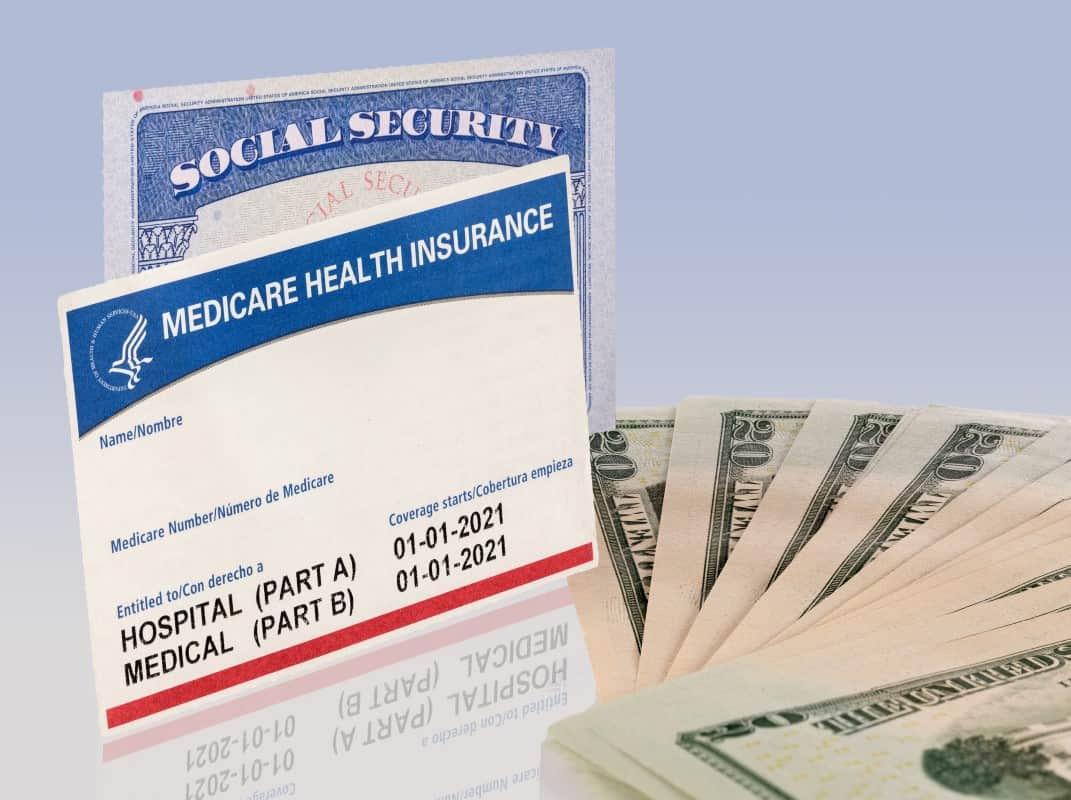
As 2023 tax filing season draws to a close, retirees across the nation are adjusting their financial plans for 2024, but a crucial detail could drastically alter the landscape of retirement living: the taxing of Social Security benefits. While many bask in the belief that their golden years will be tax-friendly, residents in nine specific states are facing a reality check as their Social Security benefits come under the taxman’s purview. Conversely, a wave of relief is set to wash over two states, marking an end to their era of taxing these benefits. This shift paints a complex portrait of retirement planning across the U.S., underscoring the importance of staying informed of the ever changing tax laws. Are you residing in one of these states? It’s time to uncover the impact of these tax changes on your retirement strategy and possibly reconsider your locale choice for those serene post-work years. Here are the states taxing social security benefits.
The States Taxing Social Security in 2024 and the 2 That Just Stopped
Shift From Employee to Investor Mindset with the Cashflow Quadrant Methodology by Robert Kiyosaki

Countless systems have been established that provide a much better understanding of what income generation is, how it can be used, and how individuals can organize their financial life as they work towards financial freedom. One of the more successful and better-known examples of financial education is the Cashflow Quadrant, the book by Robert Kiyosaki. Rich Dad’s Cashflow Quadrant was revolutionary for the way it organized money and helped people better learn how to increase their income. As the name implies, there are four quadrants within the Cashflow Quadrant. By mastering each of the four categories – or specializing in one – a person can increase their revenue stream and ultimately make more money from assets.
Shift From Employee to Investor Mindset with the Cashflow Quadrant Methodology by Robert Kiyosaki
Retire Abroad and Still Collect Social Security? Avoid These 9 Countries Where It’s Not Possible

Dreaming of retiring to a sun-drenched beach or a quaint village? Many Americans envision spending their golden years abroad, savoring the delights of new cultures and landscapes. However, an essential part of this dream hinges on the financial stability provided by Social Security benefits. Before packing your bags and bidding farewell, it’s crucial to know that not all countries play by the same rules when it comes to collecting these benefits overseas. Here are the nine countries where your dream of retiring abroad could hit a snag, as Social Security benefits don’t cross every border. Avoid living in these countries so your retirement plans don’t get lost in translation.
Retire Abroad and Still Collect Social Security? Avoid These 9 Countries Where It’s Not Possible
Treasury Sets I Bond Rate at 4.28%. Are I Bonds Still Worth Your Investment?

Inflation is a silent killer. With the rapid rise in inflation over the last two years, I bonds became an attractive, safe investment. With the government reporting lower CPI numbers lately, the composite rate of I bonds at 4.28% is less attractive than when investors purchased them at an annual rate of 9.62% in May 2022. Given the lower rates, investors are now considering whether they should continue buying or selling existing Series I bonds.
Treasury Sets I Bond Rate at 4.28%. Are I Bonds Still Worth Your Investment?
Maximize Your Benefits: Essential Social Security Strategies for Singles

While singles may have fewer Social Security filing options than married couples, smart planning around when to claim benefits can pay off for anyone, including those flying solo.
Maximize Your Benefits: Essential Social Security Strategies for Singles
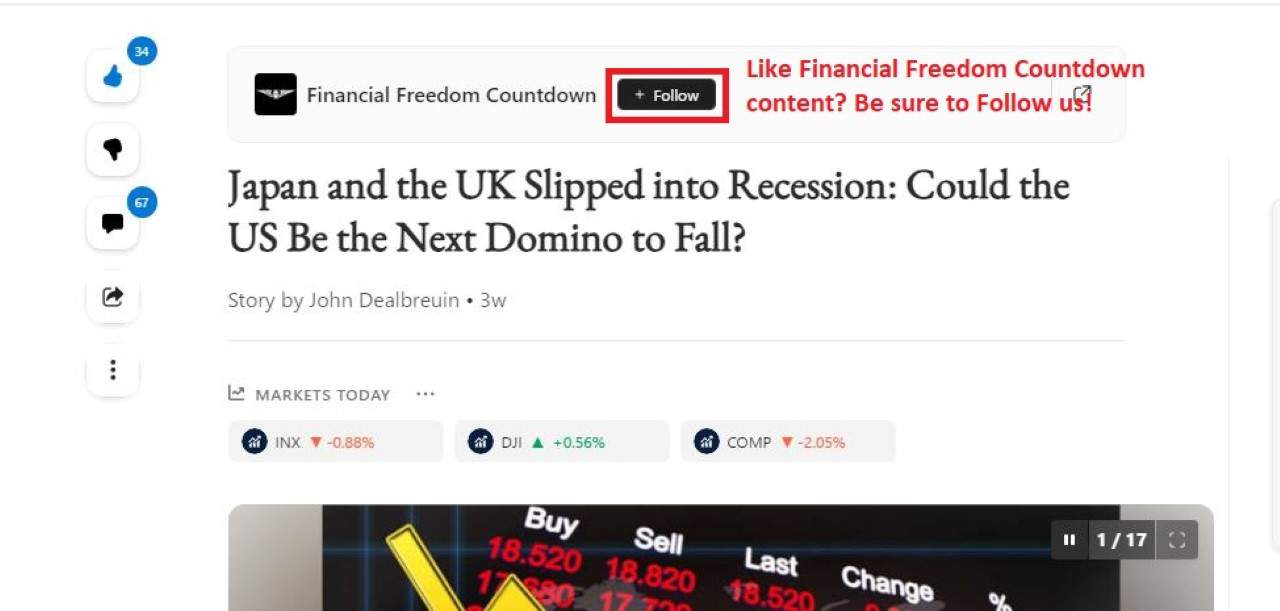
Did you find this article helpful? We’d love to hear your thoughts! Leave a comment with the box on the left-hand side of the screen and share your thoughts.
Also, do you want to stay up-to-date on our latest content?
1. Follow us by clicking the [+ Follow] button above,
2. Give the article a Thumbs Up on the top-left side of the screen.
3. And lastly, if you think this information would benefit your friends and family, don’t hesitate to share it with them!

John Dealbreuin came from a third world country to the US with only $1,000 not knowing anyone; guided by an immigrant dream. In 12 years, he achieved his retirement number.
He started Financial Freedom Countdown to help everyone think differently about their financial challenges and live their best lives. John resides in the San Francisco Bay Area enjoying nature trails and weight training.
Here are his recommended tools
M1 Finance: John compared M1 Finance against Vanguard, Schwab, Fidelity, Wealthfront and Betterment to find the perfect investment platform. He uses it due to zero fees, very low minimums, automated investment with automatic rebalancing. The pre-built asset allocations and fractional shares helps one get started right away.
Personal Capital: This is a free tool John uses to track his net worth on a regular basis and as a retirement planner. It also alerts him wrt hidden fees and has a budget tracker included.
Streitwise is available for accredited and non-accredited investors. They have one of the lowest fees and high “skin in the game,” with over $5M of capital invested by founders in the deals. It is also open to foreign/non-USA investor. Minimum investment is $5,000.
Platforms like Yieldstreet provide investment options in art, legal, structured notes, venture capital, etc. They also have fixed-income portfolios spread across multiple asset classes with a single investment with low minimums of $10,000.

